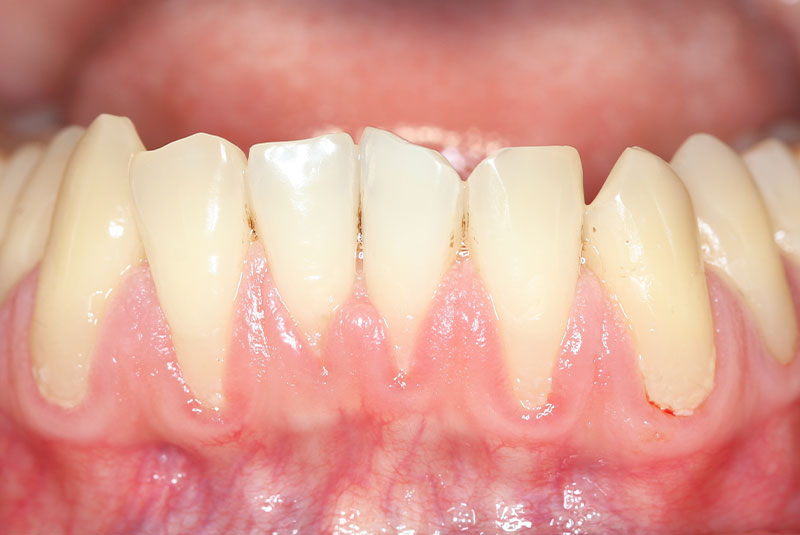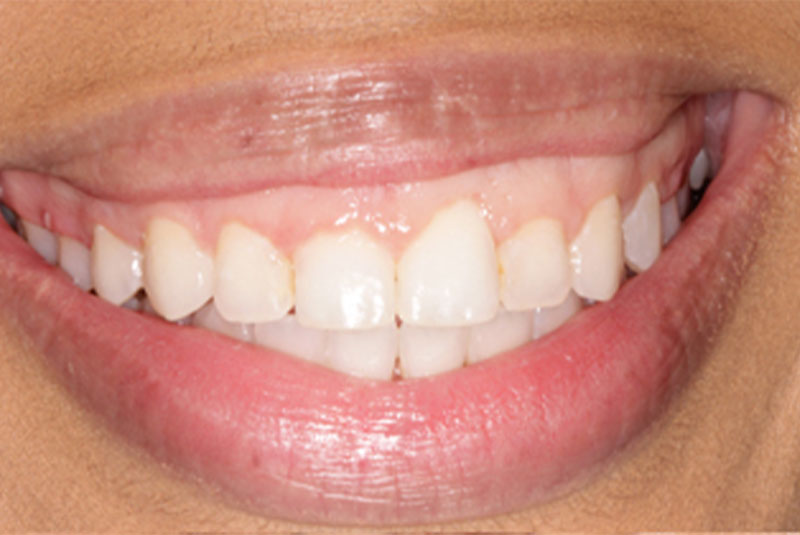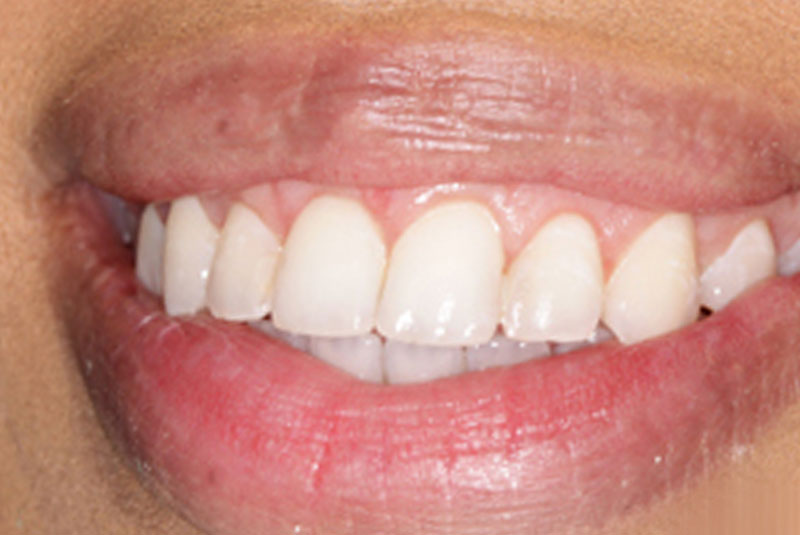GUM GRAFTING - HOUSTON, TX
Restore Receding Gums and Protect Your Oral Health
If your smile looks “longer” than it used to, or your teeth feel more sensitive, it could be a sign of gum recession. This condition happens when gum tissue pulls away from your teeth, exposing the roots. It’s a common indicator of periodontal disease and, if left untreated, can lead to bone loss, sensitivity, and even tooth loss.
Book Your Consultation Today
If you’re ready to treat gum recession and restore your smile, we’re here to help. Schedule your consultation and learn how gum grafting can improve your oral health and confidence. Contact us today to get started.
Gum Grafting
Signs You Might Need Gum Grafting
Receding gums don’t always cause pain at first, but the symptoms can become more obvious over time. Common signs include:
Bleeding or swollen gums
Tooth sensitivity
Exposed tooth roots
Teeth that look longer or uneven
Treating gum recession early with a procedure like gum grafting can help prevent more serious complications down the road.

Types of Gum Grafting Procedures
At Dr. Friedberg & Associates, we offer advanced gum grafting techniques to restore your smile and protect your oral health. The procedure involves using a small piece of healthy tissue—either from your own mouth or a tissue bank—and placing it over the affected area. This helps rebuild your gumline, cover exposed roots, and improve the stability and appearance of your teeth.
Connective Tissue Grafting
Free Gingival Grafting
Pedicle Grafting
Recovery After Gum Grafting
- Avoid brushing or flossing the treated area
- Rinse with a prescribed antimicrobial mouthwash
- Stick to soft foods like yogurt, eggs, pasta, applesauce, or gelatin
- Avoiding brushing or flossing the treated area
- Rinsing with a prescribed mouthwash
- Eating soft foods such as yogurt, eggs, and pasta


